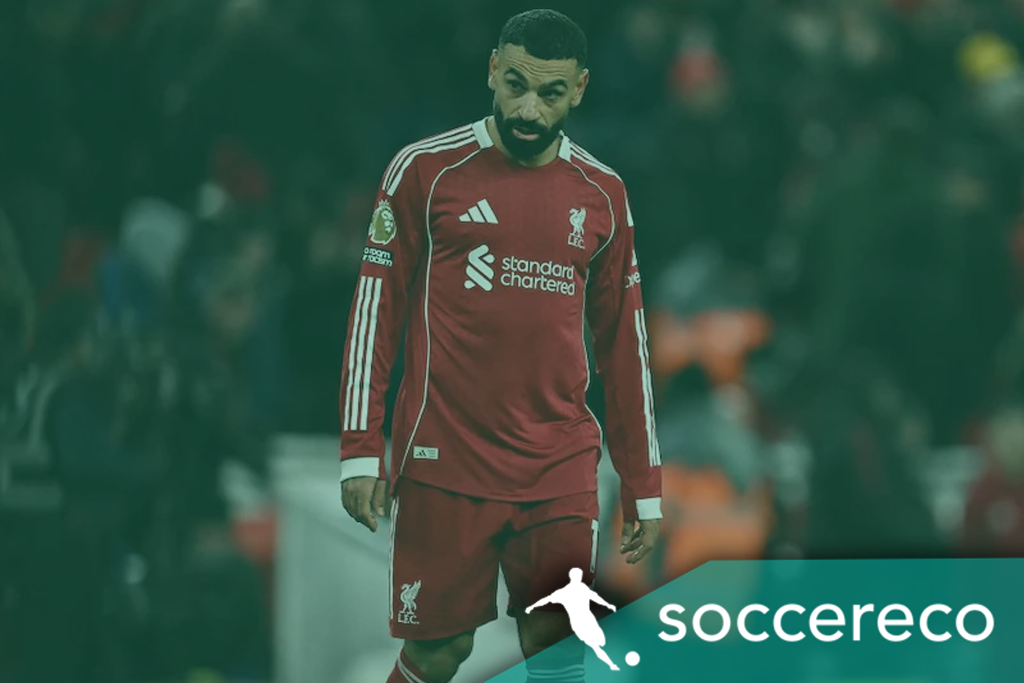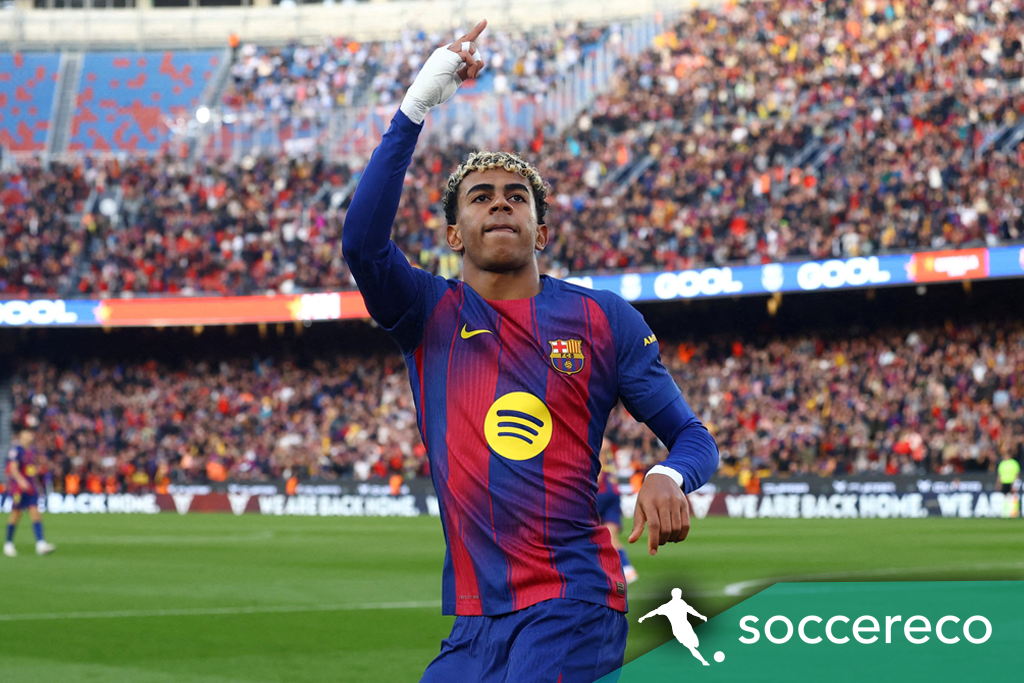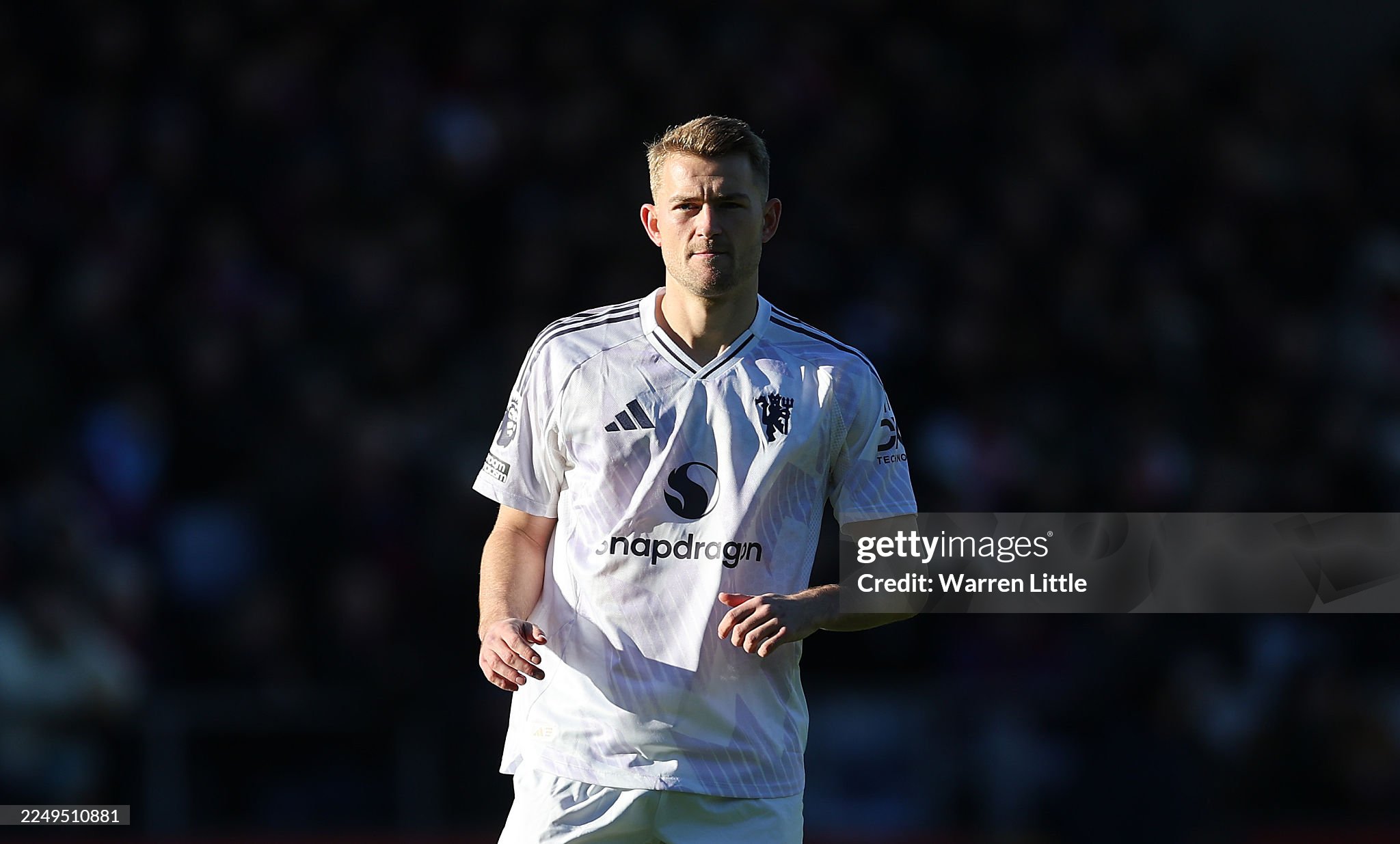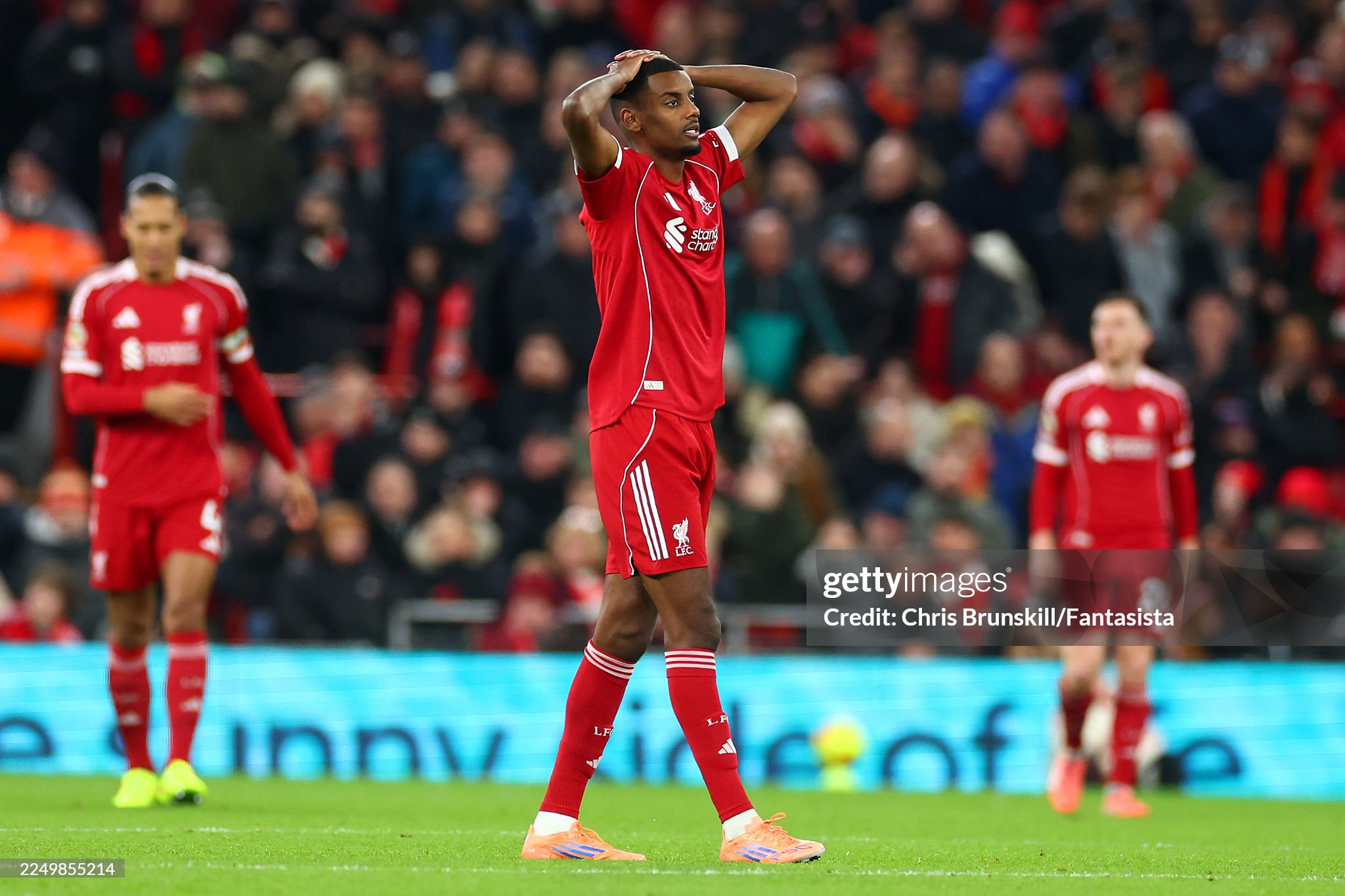Robert Lewandowski has returned to Barcelona with an injury. The La Liga runners-up report that the 37-year-old striker has suffered a small hamstring tear. That means Lewandowski will miss El Clásico.

Robert Lewandowski’s international window ended with mixed emotions. After remaining on the bench for Poland’s friendly against New Zealand, he played the full ninety minutes in Sunday’s World Cup qualifier versus Lithuania and even found the net in a routine victory.
Only later did the problem surface. Barcelona confirmed on Tuesday through their official channels that the striker returned to the club with a hamstring issue that will rule him out in the short term. The medical bulletin did not specify a grade and stressed that the recovery timeline will depend on how the injury responds to treatment, although typical hamstring recoveries range from three to six weeks.
For Barcelona, the timing is awkward given a crowded October schedule in La Liga and Europe. Hansi Flick’s side host Girona on Sunday, a high tempo opponent that presses in waves and often forces long spells of defending in transition. Later in the month come Olympiakos at home in Europe and a visit to Real Madrid in El Clásico, fixtures that test not only depth but also collective poise in the final third. Lewandowski’s absence changes the geometry of Barcelona’s attack. He has often served as the central reference who pins center backs, occupies the box, and converts half chances when games become tense. Without him, Barcelona must find goals by committee and vary the ways they arrive in the penalty area.
Flick has several options to bridge the gap. Ferran Torres can operate as a mobile nine, pulling defenders into the channels and opening lanes for late runners such as İlkay Gündoğan or Fermín López. João Félix offers a more associative interpretation of the role, dropping off the line to create overloads in the left half space and linking with a left back on the underlap. Vitor Roque provides a more traditional striker profile with aggressive movements across the near post and relentless pressing from the front, which can be invaluable when trying to trap a build up and force turnovers in advanced areas. The choice will likely vary by opponent and by game state. Girona’s aggressive mid block might suit a runner who stretches the field, while the control required in Europe can favor a false nine that brings midfielders into play.
Barcelona will also lean on the wings. Lamine Yamal’s ability to receive wide on the right, threaten the dribble, and then either slip a cutback or curl a far post delivery becomes even more important without a classic target man. On the opposite side, Raphinha or João Félix must balance width and diagonal runs so that the team is not reduced to sterile circulation around the box. Set pieces gain importance as well. With Lewandowski out, others must assume responsibility for near post flicks and second ball reactions, areas that decide tight matches when open play becomes congested.
Midfield will carry a heavier creative load. Gündoğan’s timing in the final third, Pedri’s ability to control rhythm when fit, and the energy of Gavi when available are vital to sustain pressure. The staff will seek compact distances so that counter pressing remains immediate after loss. That is especially relevant in La Liga away fixtures where Barcelona have sometimes struggled to maintain the same level of territorial control. A front line that counter presses in unison can help protect a back line that is also dealing with absences, notably Marc André ter Stegen’s ongoing situation which has forced adjustments in build up and in the communication of the defensive block.
From a medical perspective, caution is the sensible approach. Hamstring problems are notorious for setbacks if a player returns before the muscle has fully recovered. The club will stage the comeback through progressive steps such as individual work, partial sessions with the group, and match load targets that avoid spikes. The objective is not only to have Lewandowski available, but to ensure he can stack consecutive games without risking a recurrence as the calendar accelerates into November and December.
The wider context in La Liga adds pressure. The table is tight at the top, and dropped points against resilient opponents can quickly alter the title picture. Girona have been a stubborn matchup that punishes sloppy spacing and rewards precise finishing. Olympiakos bring a different rhythm but equal stakes in European competition, where control of the group can simplify the winter workload. Then comes El Clásico, where small details decide games and where a single moment from a striker can define the narrative. Barcelona will not want to rush a key player back for the symbolism of the fixture if the medical data suggests restraint. At the same time, the staff will prepare contingency plans that allow the team to threaten Madrid’s back line through coordinated movements and midfield surges even if the Polish striker is not available.
Leadership inside the dressing room matters in moments like this. Veterans must steady younger teammates and maintain clarity around roles. The coaching staff will emphasize repeatable patterns over individual improvisation, with scripted movements to attack the half spaces, specific triggers for pressing, and clear assignments on set pieces. Training sessions in the coming days will likely include scenario work that simulates defending a one goal lead and chasing a deficit without a classic number nine, so that the group is comfortable adjusting on the fly during matches.
In the end, Barcelona’s response to this setback will be judged not only by results but by process. If the team sustains chance creation, controls transitions, and extracts goals from multiple sources, they can navigate a tricky period and reduce the urge to gamble on an accelerated return. When Lewandowski is cleared, a measured reintroduction that aligns with the data should help him regain sharpness without restarting the injury clock. For now, the path is straightforward if not simple. Share the goals, tighten the distances, and trust the structure while one of Europe’s most prolific scorers focuses on recovery.
Updated: 02:29, 14 Oct 2025








